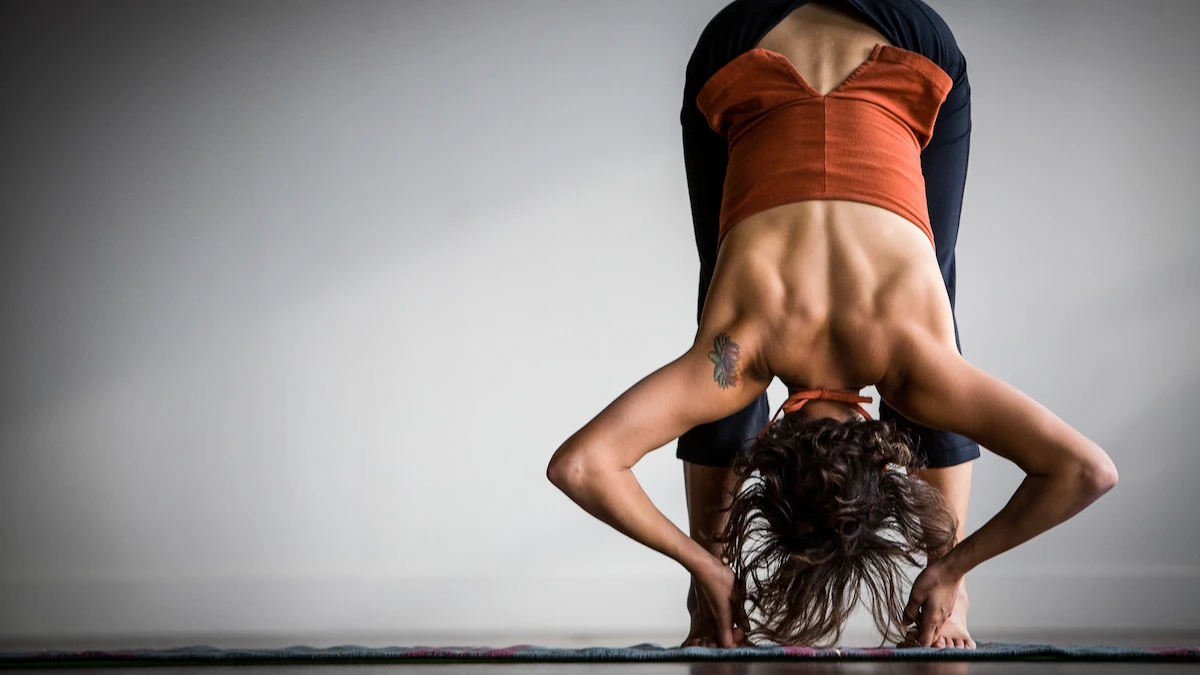Copyright National Geographic

We count steps, track miles, and close our rings. Athletic metrics have infiltrated everything from viral #FitTok videos to biometric-tracking devices. But when our devices remind us we haven’t hit our daily goal, experts say it might be time to question what those numbers really mean. “It's not so simple to just say, if you can do 20 push-ups and if you can run a 10 minute mile, you're good,” says Mathias Sorensen, an exercise physiologist at the UCSF Human Performance Center. “Ultimately these fitness tests are just proving correlations.” From the one-mile run to the one-minute plank, experts break down which fitness metrics actually reflect health—and where they fall short. How to measure aerobic fitness, according to science Experts agree that a strong cardiovascular system is a good indicator of overall health. But when trying to gauge aerobic capacity, what’s the best measurement? The mile run, commonly used in the military to assess fitness, is a good, basic test, says Michael Fredericson, professor of physical medicine and rehabilitation at Stanford University and co-director of the Stanford Longevity Center. “It can give you a pretty good idea of somebody’s aerobic capacity.” The mile also hits the sweet spot distance-wise, says Sorensen. A 100-meter sprint is too short to test aerobic capacity, and a marathon is a measure of endurance. Most people can run a mile in seven to 10 minutes, which he says is a good range for VO2 max, the measure of how much oxygen the body can use during exercise. Exclusive Holiday Gift Bundle Gift a subscription to wonder “The field of physiology has accumulated a ton of data that supports a certain quantity of oxygen or a certain quantity of VO2 is needed to run the mile at a certain time,” Sorensen adds. (Here’s why boosting your VO2 max could help you live longer.) A higher VO2 max corresponds to greater aerobic athletic potential and a reduced risk of cardiovascular issues such as heart disease or stroke. The Cooper test, which uses distance covered in 12 minutes, has also been shown to measure cardio fitness accurately.) Still, VO₂ max is most accurately measured in a laboratory setting, not with a timed jog. And a one-mile run is hardly the holy grail of aerobic health. While some studies have found that how fast someone can finish a mile may predict the risk of cardiovascular disease, the research is mixed and limited. “We don’t know what the right number is for anybody,” says Rich Souza, professor and vice chair of research in the Department of Physical Therapy and Rehabilitation Science at UCSF. He adds that the lack of funding for wellness research is partly to blame—and doesn’t necessarily invalidate these metrics. “Just because there’s not randomized controlled trials, doesn’t mean it isn’t true.” Rather than aiming for a certain VO2 max or one-mile run time, Fredericson encourages people to focus on relative improvement and functionality. For people with knee issues or other mobility constraints, Schoenfeld says a timed bicycle or rowing test might be a more appropriate measurement of aerobic fitness. Why strength training is critical for a longer life When it comes to measures of upper body strength, there’s a reason push-ups have stood the test of time. They’re simple, equipment-free, and surprisingly revealing. “There have been some studies showing that the more push-ups you can do, the lower your risk is for having a heart attack or cardiovascular events.” That’s partly because push-ups recruit multiple muscle groups—including the core and even the legs—raising heart rate and challenging both muscular and aerobic systems. “When you're doing a lot of push-ups, your heart rate really starts to go up. That is going to test your cardiovascular system as well,” Fredericson says. So how many push-ups should you aim for? Experts agree that there isn’t exactly a magic number. But since push-ups are a good indication of muscle mass, Sorensen says, and “we know that disease is much less prevalent when the human body has a lot more muscle tissue, then…I think most people should aim for not just one or two push-ups, but stringing together a substantial amount.” (The science of why men shouldn’t skip leg day.) For men under 50, he recommends 25-30 in a row, and 15-20 for those over 50. For women, a good goal would be somewhere in the low 20s for those under 50 and in the high teens for those over 50. Still, Schoenfeld cautions against chasing arbitrary benchmarks. “Health exists on a continuum,” he says. “It’s not like if you can do nine push-ups instead of 10…you’re not achieving health-related [objectives].” Pull-ups can be a great indicator of an overall healthy balance of muscle tissue to body fat, Sorensen says. Still, he admits, for many it may be more of a “skill-based assessment, rather than just fitness.” As a ballpark goal, he encourages men to aim for 10 pull-ups in a row and women to aim for four, which roughly corresponds to the repetition range for building muscle tissue. Love it or hate it, the plank is another reliable marker of overall fitness and strength, Sorensen says. While there’s no universal agreement on how long to hold a plank, he recommends that all adults train towards a one-minute plank as a minimum. But good plank form is a must, he warns, otherwise “it often turns into more of a shoulder endurance drill than a core assessment.” Why mobility may be the most overlooked measure of health Fitness isn’t all about power and endurance. Mobility—the ability of your joints and muscles to move through their full range of motion—is one of the best predictors of long-term health and independence. “The problem is we get older, we get stiffer, we lose joint mobility, and eventually [we] lose function,” Fredericson says. “The better your mobility, the better you can do everyday activities like get up from the floor, a chair, reach from behind.” (Here’s why mobility should be a key part of your fitness routine.) So if you can’t touch your toes, does it matter? (Remember the sit-and-reach test?) That might not matter as much as you think, according to Fredericson, noting that the toe touch is only a good indicator of hamstring and spine flexibility. A better overall gauge is the sit-to-stand test, he says, which is easy for kids but becomes harder—and more important—with age. It sounds simple, but studies show this small act can reveal a lot about balance, coordination, and even mortality risk. “Can you get up from the floor without using your hands? If you can, you probably have pretty good strength and mobility.” What really matters Experts agree that while benchmarks can motivate, long-term health depends more on progress than perfection: maintaining consistent movement, balancing aerobic and strength training, and staying mobile enough to move comfortably through daily life. So how often should you train to maintain or improve these benchmarks? The World Health Organization recommends at least 150 minutes of moderate aerobic activity each week, plus two strength-training sessions to help preserve endurance, muscle mass, and bone density.



